The Smart Evolution of Historical Cities: Integrated Innovative Solutions Supporting the Energy Transition while Respecting Cultural Heritage
Abstract
:1. Introduction
2. Past Related Work
2.1. Research Studies
2.2. Guidelines for RES Adaptation
2.3. EU Research Projects
3. POCITYF
3.1. POCITYF’s General Strategy
3.2. Monitoring & Evaluation
- Energy performance
- Environmental performance
- Economic performance
- ICT performance
- Mobility performance
- Social performance
- Governance performance
- Propagation performance
4. The Case of Évora
4.1. Évora as a POCITYF LH City
4.2. Distinguish PEBs and PEDs of Cultural Interest
4.3. Distinguish ISs That Could Affect the Cultural Heritage of the PEBs–PEDs
5. Implementing ISs while Respecting Cultural Heritage
- Community Solar Farm (CSF) on the outskirts of the city of Évora;
- Renewable energy community formed by Évora’s municipal buildings.
5.1. Community Solar Farm on the Outskirts of the City of Évora
5.2. Renewable Energy Community in Évora’s Municipal Buildings
- Rossio de S. Brás School—Generator and consumer;
- S. Mamede School—Generator and consumer;
- Municipal Market 1° de Maio (fruit market)—Generator and consumer;
- Paços do Concelho (Town Hall)—Generator and consumer;
- Garcia de Resende Theatre—Consumer;
- LVpDÉ—Generator and consumer;
- Arena—Generator and consumer;
- Old Bus Station Building—Consumer;
- Vista Alegre School—Generator and consumer;
- Convent of Remedies—Consumer;
- Public garden—Consumer;
- Pátio do Salema—Consumer;
- Municipal Market 1° de Maio (fish market)—Consumer;
- Underground parking at Praça Joaquim António de Aguiar—Consumer;
- Rua Diogo Cão 19 (photographic archive)—Consumer;
- EPAC granaries, Rua Eborim—Consumer;
- Museum of Handicrafts—Consumer;
- Playground—Consumer;
- Giraldo Square—Consumer;
- Tour Desk—Consumer;
- S. Vicente Church—Consumer;
- Social centre, Rua das Fontes 41—Consumer;
- Gardens Services, Portas de Aviz—Consumer;
- D. Manuel Palace—Consumer;
- Cemetery—Consumer;
- House of scales—Consumer;
- Conviviality Centre, Rua de Machede—Consumer;
- Playroom—Consumer;
- Social services, Rua do Fragoso—Consumer;
- Conviviality Centre, Rua do Fragoso—Consumer;
- Monte Alentejano, Rossio—Consumer;
- Water Museum—Consumer;
- Central Hall—Consumer;
- Hygiene services, Rua de Machede—Consumer;
- Former EDPC building—Consumer;
- JI Penedo de Ouro—Consumer.
5.3. Paços do Concelho (Town Hall Building)
5.4. Arena d’Évora
5.5. São Mamede School
5.6. Rossio de São Brás School
5.7. Parking Lot
5.8. LVpDÉ
5.9. Municipal Market 1° de Maio (Fruit Market)
5.10. Summary of Solutions with Renewable Generation Capacity
6. Conclusions
Author Contributions
Funding
Institutional Review Board Statement
Informed Consent Statement
Conflicts of Interest
References
- Definitions and Criteria for Identifying Positive Energy Buildings. Available online: www.gbpn.org@GBPNetwork (accessed on 26 March 2021).
- Bin, G.; Parker, P. Measuring buildings for sustainability: Comparing the initial and retrofit ecological footprint of a century home—The REEP House. Appl. Energy 2012, 93, 24–32. [Google Scholar] [CrossRef]
- Green Alliances and Partnerships|International Partnerships. Available online: https://ec.europa.eu/international-partnerships/topics/green-deal_en (accessed on 26 March 2021).
- 2030 Climate & Energy Framework|Climate Action. Available online: https://ec.europa.eu/clima/policies/strategies/2030_en (accessed on 26 March 2021).
- Nagpal, S.; Hanson, J.; Reinhart, C. A framework for using calibrated campus-wide building energy models for continuous planning and greenhouse gas emissions reduction tracking. Appl. Energy 2019, 241, 82–97. [Google Scholar] [CrossRef]
- Cho, H.M.; Yun, B.Y.; Yang, S.; Wi, S.; Chang, S.J.; Kim, S. Optimal energy retrofit plan for conservation and sustainable use of historic campus building: Case of cultural property building. Appl. Energy 2020, 275, 115313. [Google Scholar] [CrossRef]
- Ma, Z.; Cooper, P.; Daly, D.; Ledo, L. Existing building retrofits: Methodology and state-of-the-art. Energy Build. 2012, 55, 889–902. [Google Scholar] [CrossRef]
- Homepage–POCITYF–POCITYF. Available online: https://pocityf.eu/ (accessed on 26 March 2021).
- Energy Efficiency for Buildings. Available online: www.unep.org/energy (accessed on 26 March 2021).
- Borda, A.; Bowen, J.P. Smart Cities and Cultural Heritage—A Review of Developments and Future Opportunities. In Proceedings of the EVA 2017, London, UK, 11–13 July 2017. [Google Scholar] [CrossRef] [Green Version]
- Angelidou, M.; Karachaliou, E.; Stylianidis, E. Cultural Heritage In Smart City Environments. ISPRS–Int. Arch. Photogramm. Remote Sens. Spat. Inf. Sci. 2017, XLII-2/W5, 27–32. [Google Scholar] [CrossRef] [Green Version]
- Allam, Z.; Newman, P. Redefining the Smart City: Culture, Metabolism and Governance. Smart Cities 2018, 1, 4–25. [Google Scholar] [CrossRef] [Green Version]
- Marsella, S.; Marzoli, M. Smart cities and cultural heritage. In Proceedings of the 2017 IEEE 14th International Conference on Networking, Sensing and Control (ICNSC), Calabria, Italy, 16–18 May 2017; Institute of Electrical and Electronics Engineers (IEEE): New York, NY, USA, 2017; pp. 281–286. [Google Scholar]
- Safeguarding Cultural Heritage through Technical and Organisational Resources Management|STORM Project|H2020|CORDIS|European Commission. Available online: https://cordis.europa.eu/project/id/700191 (accessed on 21 January 2021).
- Siountri, K.; Vergados, D.D. Smart Cutural heritage in Digital Cities. J. Saustainable Dev. Cult. Tradit. SDCT-J. 2018, 23–32. [Google Scholar] [CrossRef]
- Akram, O.; Franco, D.; Ismail, S. Development phases from heritage buildings to smart buildings. Int. J. Eng. Technol. Manag. Appl. Sci 2016, 4, 6–13. Available online: www.ijetmas.com (accessed on 22 January 2021).
- Tse, R.; Aguiari, D.; Chou, K.-S.; Tang, S.-K.; Giusto, D.; Pau, G. Monitoring cultural heritage buildings via low-cost edge computing/sensing platforms. In Proceedings of the 4th EAI International Conference on Smart Objects and Technologies for Social Good—Goodtechs ’18, Bologna, Italy, 28–30 November 2018; Association for Computing Machinery (ACM): New York, NY, USA, 2018; pp. 148–152. [Google Scholar]
- Pierucci, A.; Cannavale, A.; Martellotta, F.; Fiorito, F. Smart windows for carbon neutral buildings: A life cycle approach. Energy Build. 2018, 165, 160–171. [Google Scholar] [CrossRef]
- Lucchi, E.; Lopez, C.S.P.; Franco, G. A conceptual framework on the integration of solar energy systems in heritage sites and buildings. IOP Conf. Ser. Mater. Sci. Eng. 2020, 949, 012113. [Google Scholar] [CrossRef]
- Changeworks. Renewable Heritage. In A Guide to Microgeneration in Traditional and Historic Homes; Changeworks: Edimburgh, UK, 2009. [Google Scholar]
- Short Guide: Micro-Renewables in the Historic Environment|HES. Available online: https://www.historicenvironment.scot/archives-and-research/publications/publication/?publicationId=3b8ace10-5147-4002-8ed3-a591010222de (accessed on 31 January 2021).
- Kandt, A.; Hotchkiss, E.; Walker, A. Implementing solar photovoltaic projects on historic buildings and in historic districts. In Proceedings of the 40th ASES National Solar Conference 2011, SOLAR 2011, Raleigh, NC, USA, 17–20 May 2011; Volume 1, pp. 621–628. Available online: https://www.osti.gov/biblio/1026574 (accessed on 31 January 2021).
- BDA. Richtlinie: Energieeffizienz am Baudenkmal. 2011. Available online: http://eprints.sparaochbevara.se/634/1/944221227-1.pdf (accessed on 31 January 2021).
- MIBACT. Linee di Indirizzo per il Miglioramento Dell’efficienza Energetica nel Patrimonio Culturale; MIBACT: Rome, Italy, 2015; pp. 1–200.
- Wohlleben, M. Energie und Baudenkmal: Solarenergie; Kantonale Denkmalpflege Bern und Kantonale Denkmalpflege: Zürich, Switzerland, 2014.
- Dipartimento federale dell’interno (DFI). Energia e Monumento; DFI: Bern, Switzerland, 2018.
- Linee Guida. Interventi nei Nuclei Storici Sommario. 2016, pp. 1–27. Available online: https://www4.ti.ch/fileadmin/DT/direttive/DT_DSTM_SST/Interventi_nei_nuclei_storici_022016.pdf (accessed on 31 January 2021).
- Dipartimento Federale Dell’interno (DFI). Cultura Solare. Conciliare Energia Solare e Cultura Della Costruzione. Available online: https://www.ticinoenergia.ch/news/36-news-2019/216-energia-solare-e-cultura-della-costruzione.html (accessed on 31 January 2021).
- Intelligent Energy Europe|EASME. Available online: https://ec.europa.eu/easme/en/section/energy/intelligent-energy-europe (accessed on 6 February 2021).
- CORDIS Archive: FIFTH FRAMEWORK—Fifth RTD Framework Programme (1998–2002)—European Commission. Available online: https://cordis.europa.eu/programme/id/FP5 (accessed on 6 February 2021).
- Seventh Framework Programme (FP7)|Internal Market, Industry, Entrepreneurship and SMEs. Available online: https://ec.europa.eu/growth/sectors/space/research/fp7_en (accessed on 6 February 2021).
- Horizon 2020|The EU Framework Programme for Research and Innovation. Available online: https://ec.europa.eu/programmes/horizon2020/en (accessed on 6 February 2021).
- Solarsynergy. Available online: http://www.pvaccept.de/ (accessed on 6 February 2021).
- New Energy for Old Buildings—Promoting the Integration of RES & RUE Measures in Historic Buildings—Intelligent Energy Europe—European Commission. Available online: https://ec.europa.eu/energy/intelligent/projects/en/projects/new4old (accessed on 7 February 2021).
- Sustainable Energy Communities in Historic URBan Areas—Intelligent Energy Europe—European Commission. Available online: https://ec.europa.eu/energy/intelligent/projects/en/projects/sechurba (accessed on 7 February 2021).
- EURAC Research, 3enCult–Project–Welcome–Home, EURAC Research. 2016. Available online: http://www.3encult.eu/en/project/welcome/default.html (accessed on 7 February 2021).
- Solar Thermal in Major Renovations and Protected Urban Areas—Intelligent Energy Europe—European Commission. Available online: https://ec.europa.eu/energy/intelligent/projects/en/projects/urbansolplus (accessed on 7 February 2021).
- Effesus. Available online: https://www.effesus.eu/ (accessed on 7 February 2021).
- Pearls Project|Universidad de Sevilla. Available online: https://pearlsproject.org/ (accessed on 7 February 2021).
- Angelakoglou, K.; Nikolopoulos, N.; Giourka, P.; Svensson, I.-L.; Tsarchopoulos, P.; Tryferidis, A.; Tzovaras, D. A Methodological Framework for the Selection of Key Performance Indicators to Assess Smart City Solutions. Smart Cities 2019, 2, 269–306. [Google Scholar] [CrossRef] [Green Version]
- Angelakoglou, K.; Kourtzanidis, K.; Giourka, P.; Apostolopoulos, V.; Nikolopoulos, N.; Kantorovitch, J. From a Comprehensive Pool to a Project-Specific List of Key Performance Indicators for Monitoring the Positive Energy Transition of Smart Cities—An Experience-Based Approach. Smart Cities 2020, 3, 705–735. [Google Scholar] [CrossRef]
- Seixas, J.; Simoes, S.G.; Gouveia, J.P.; Dias, L. The smart city of évora. In Smart City Emergence: Cases from Around the World; Elsevier: Amsterdam, The Netherlands, 2019; pp. 21–50. [Google Scholar]
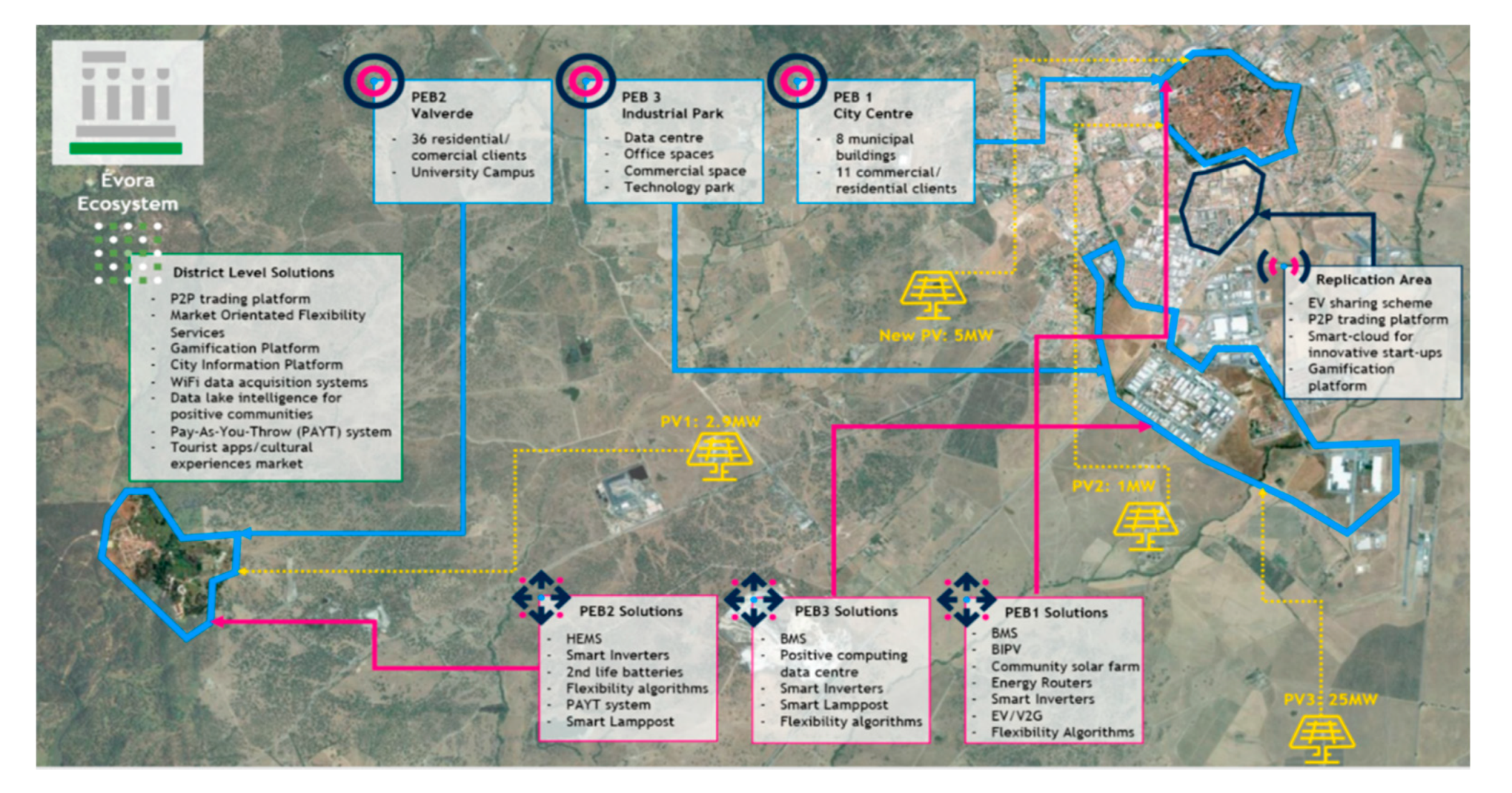




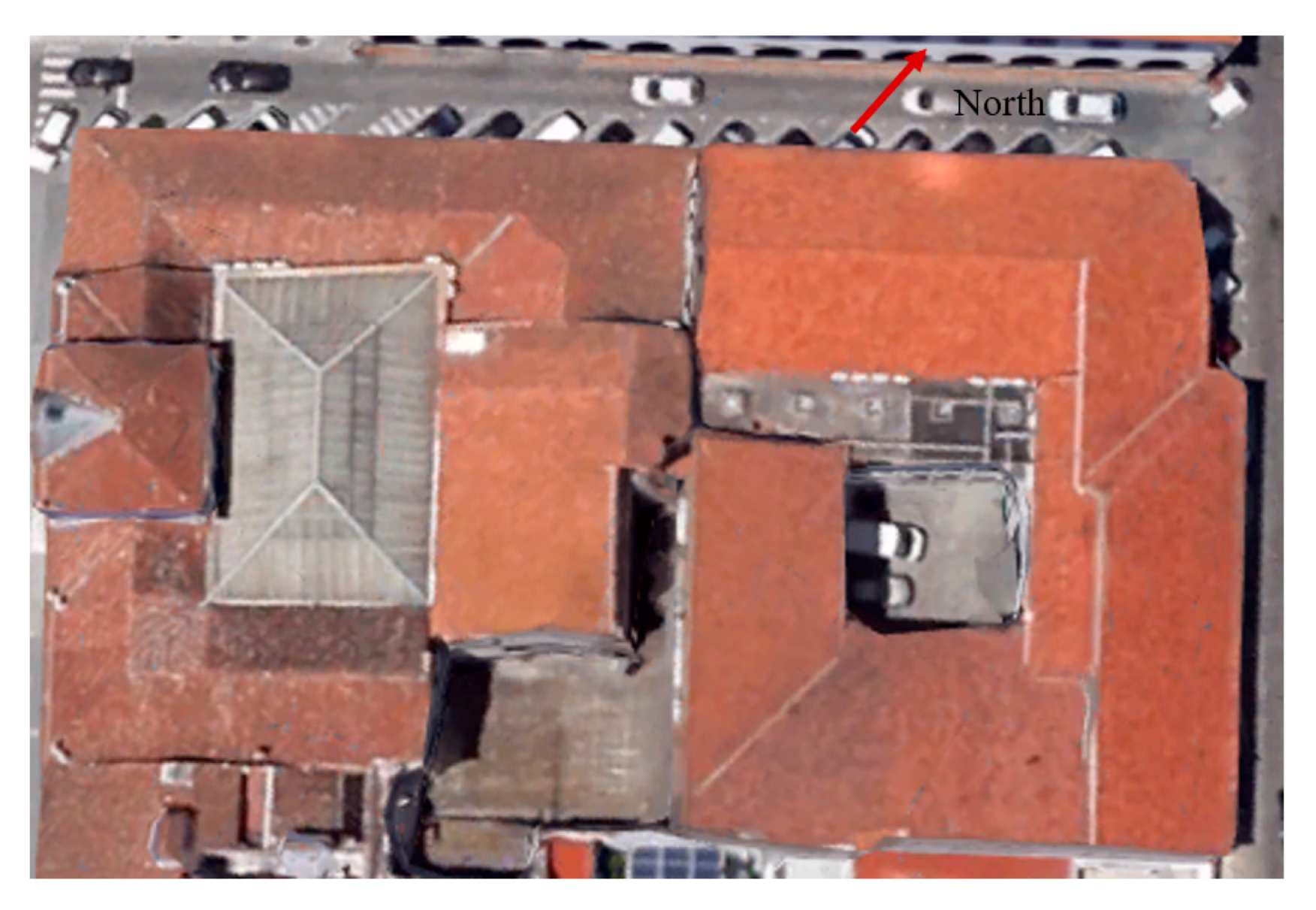
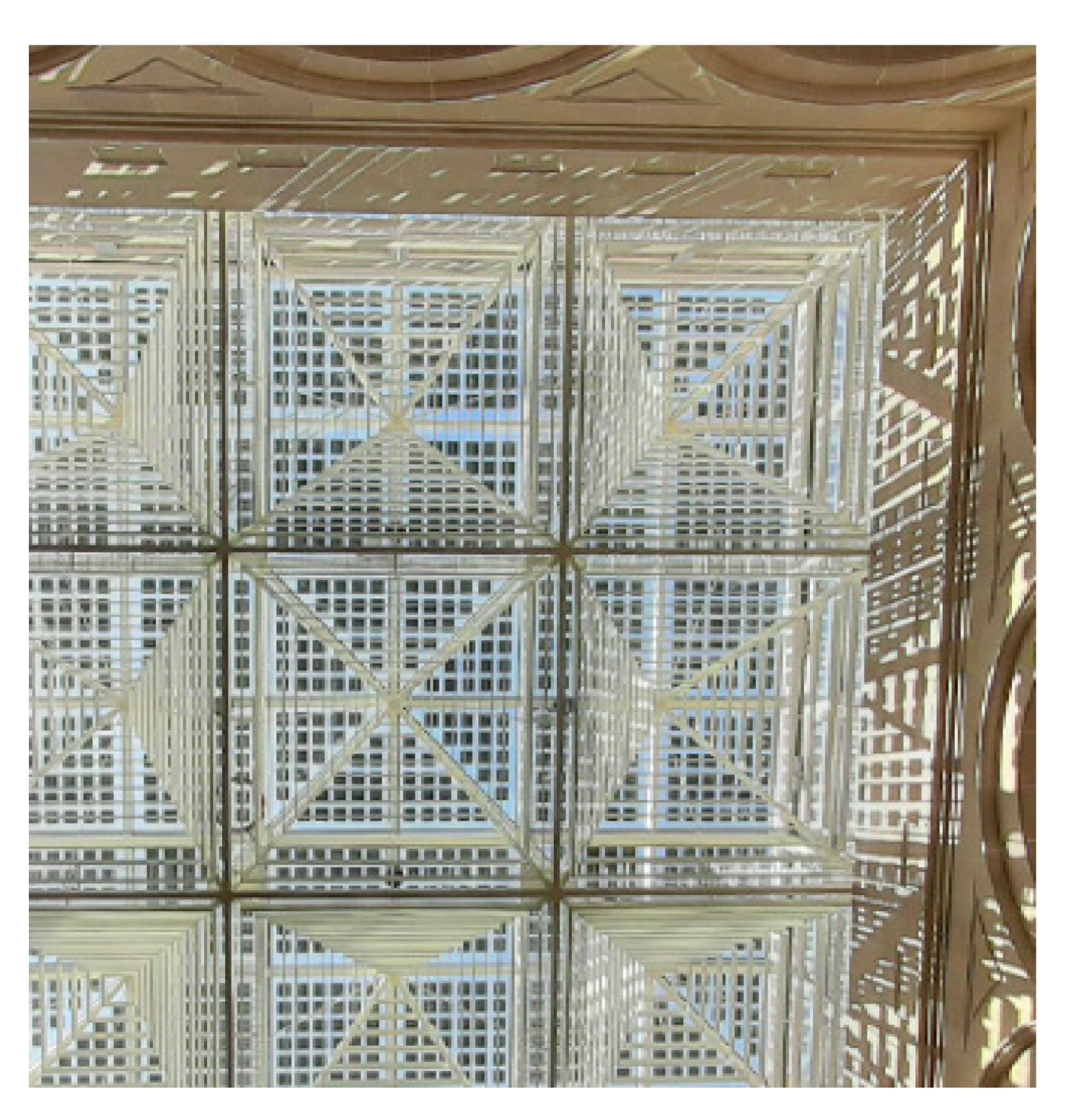
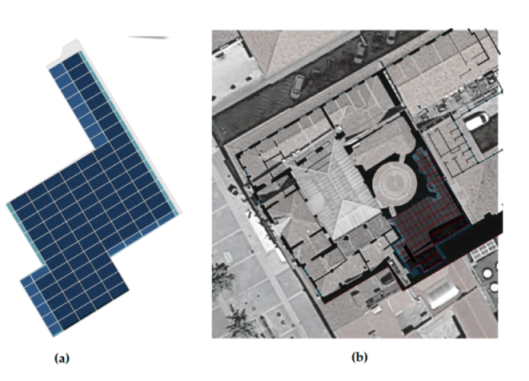
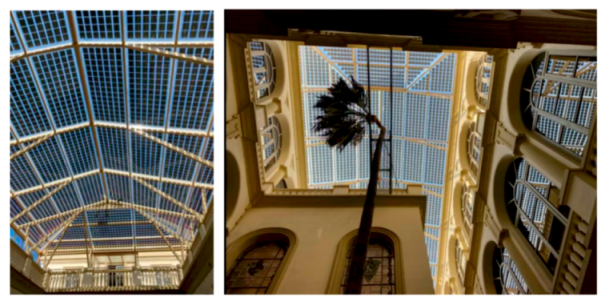

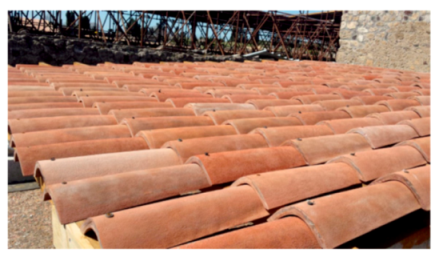
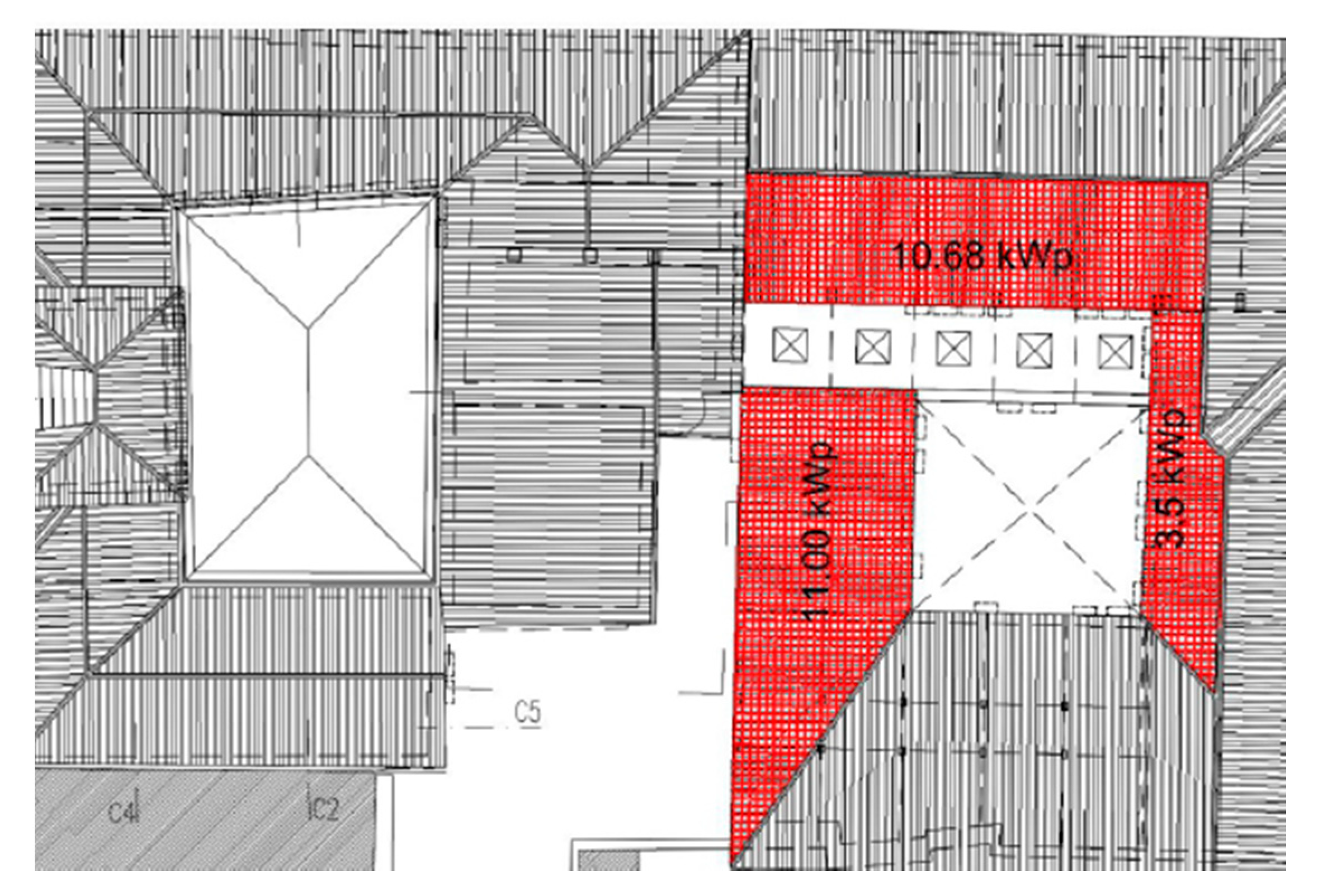
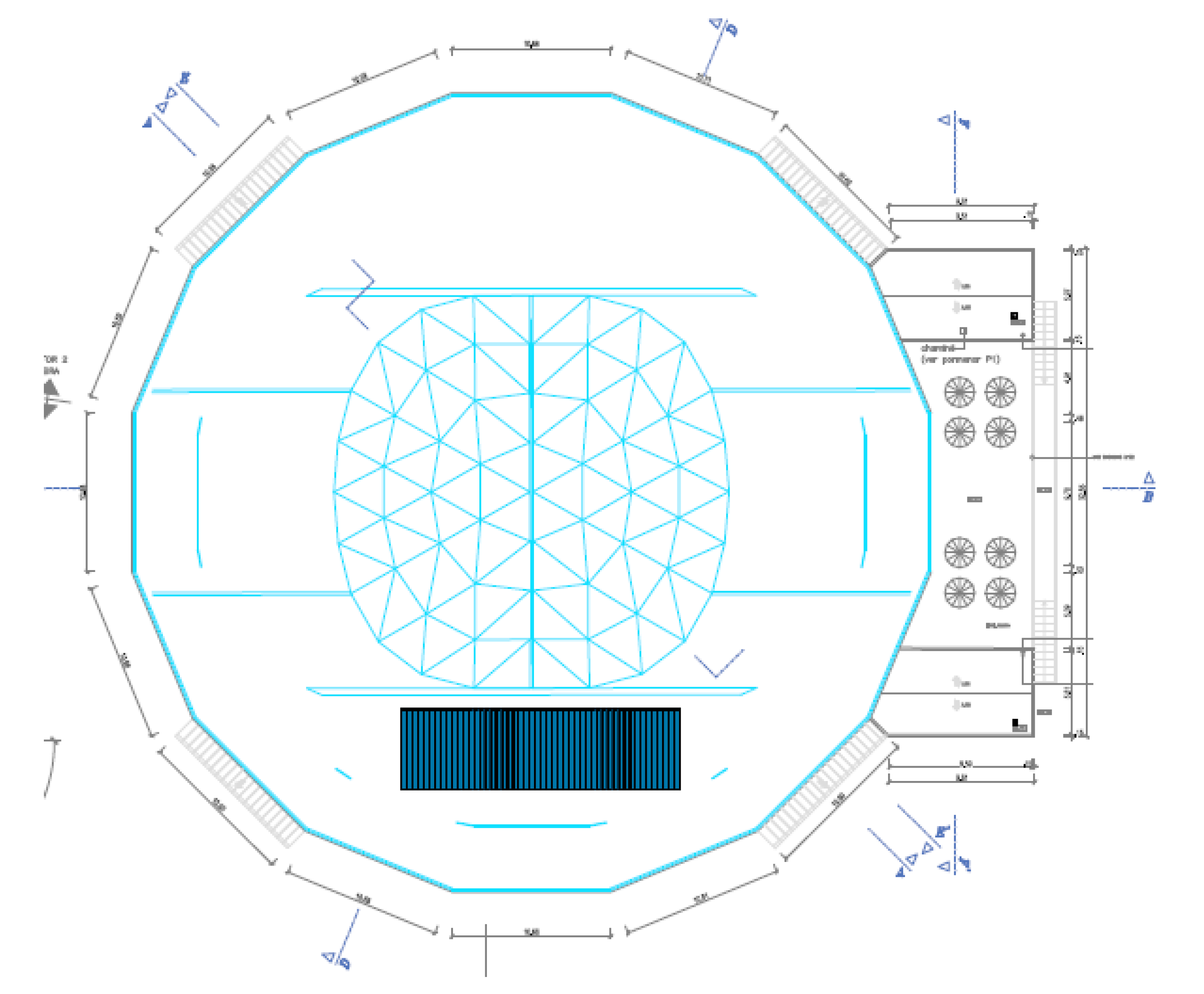
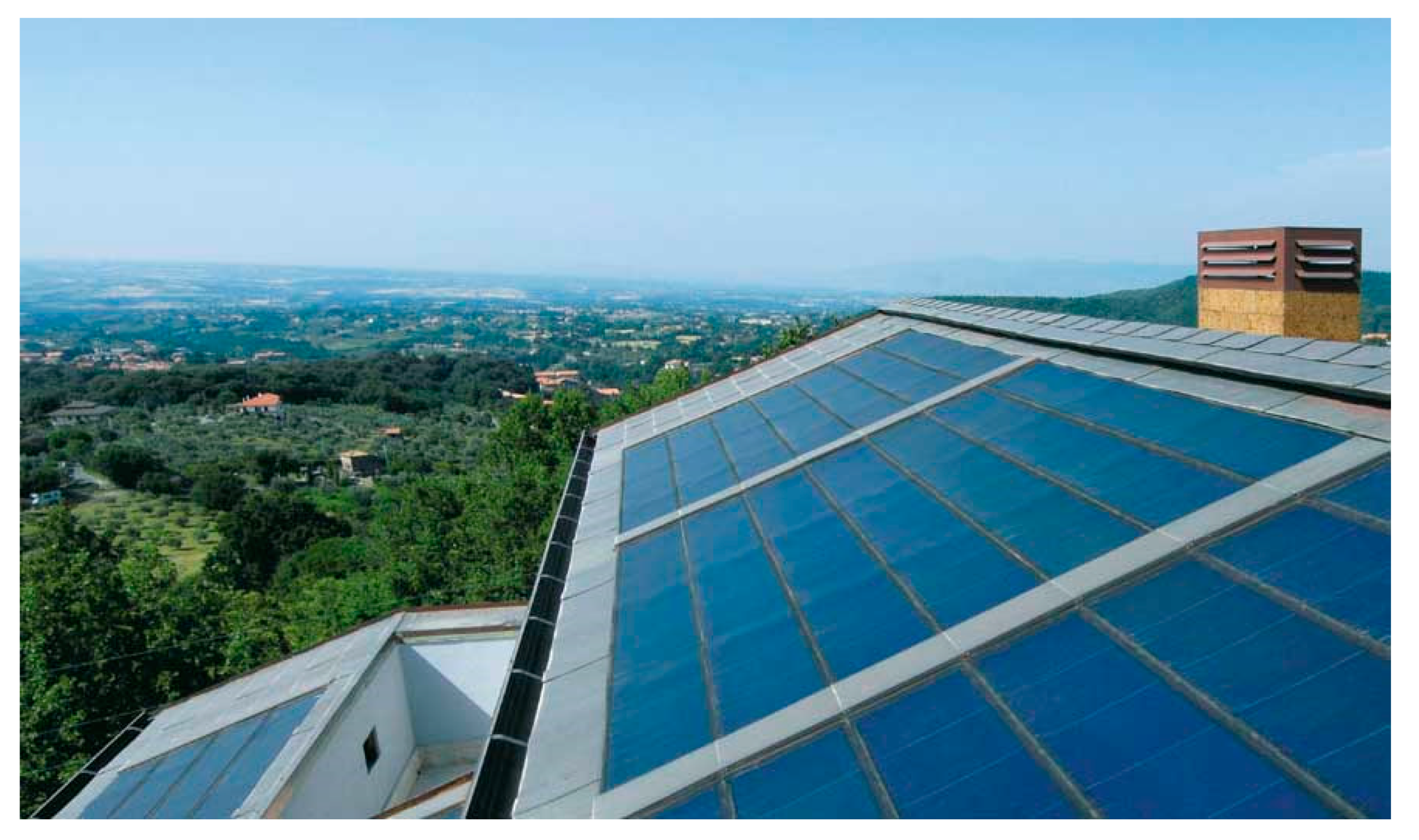
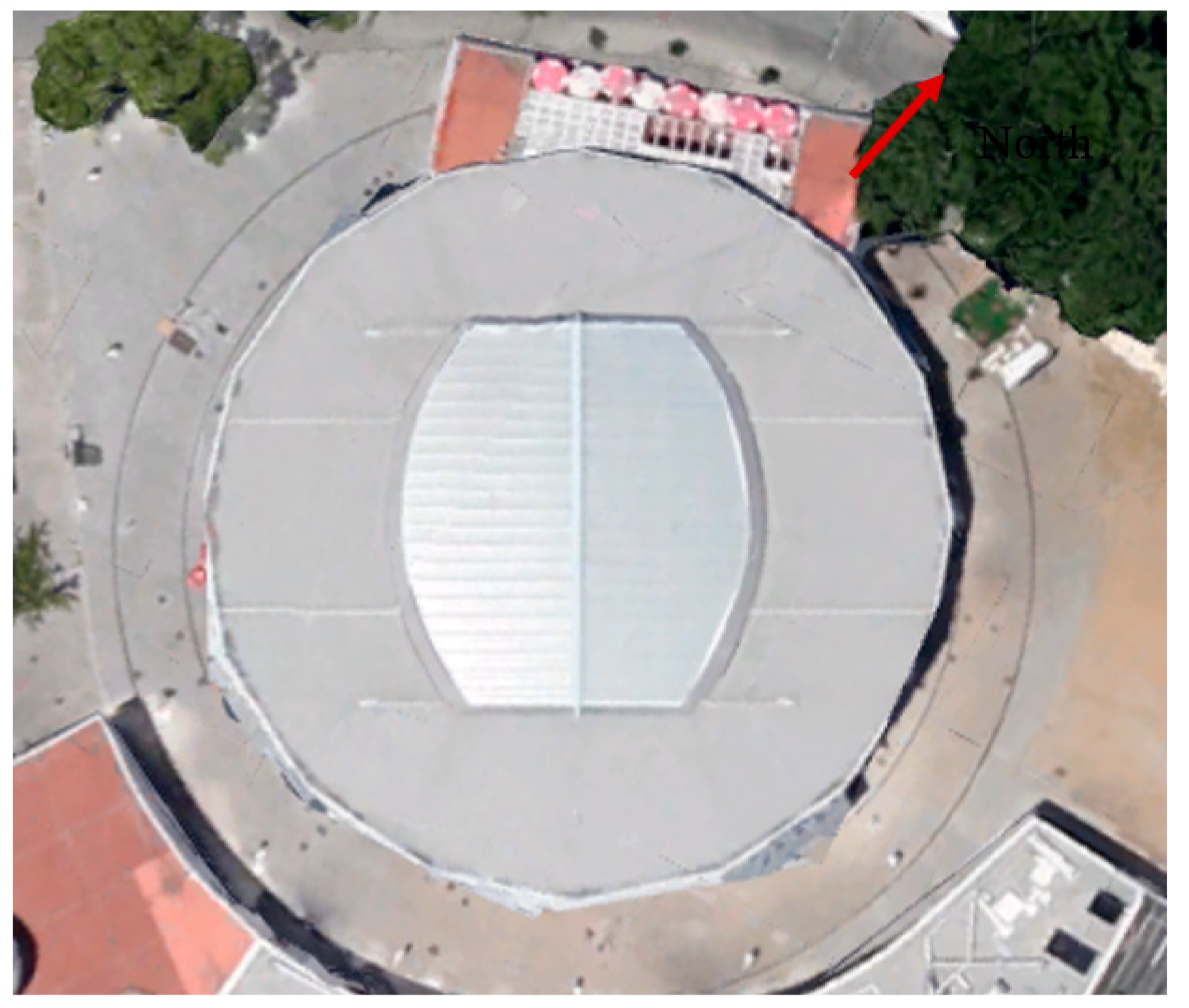
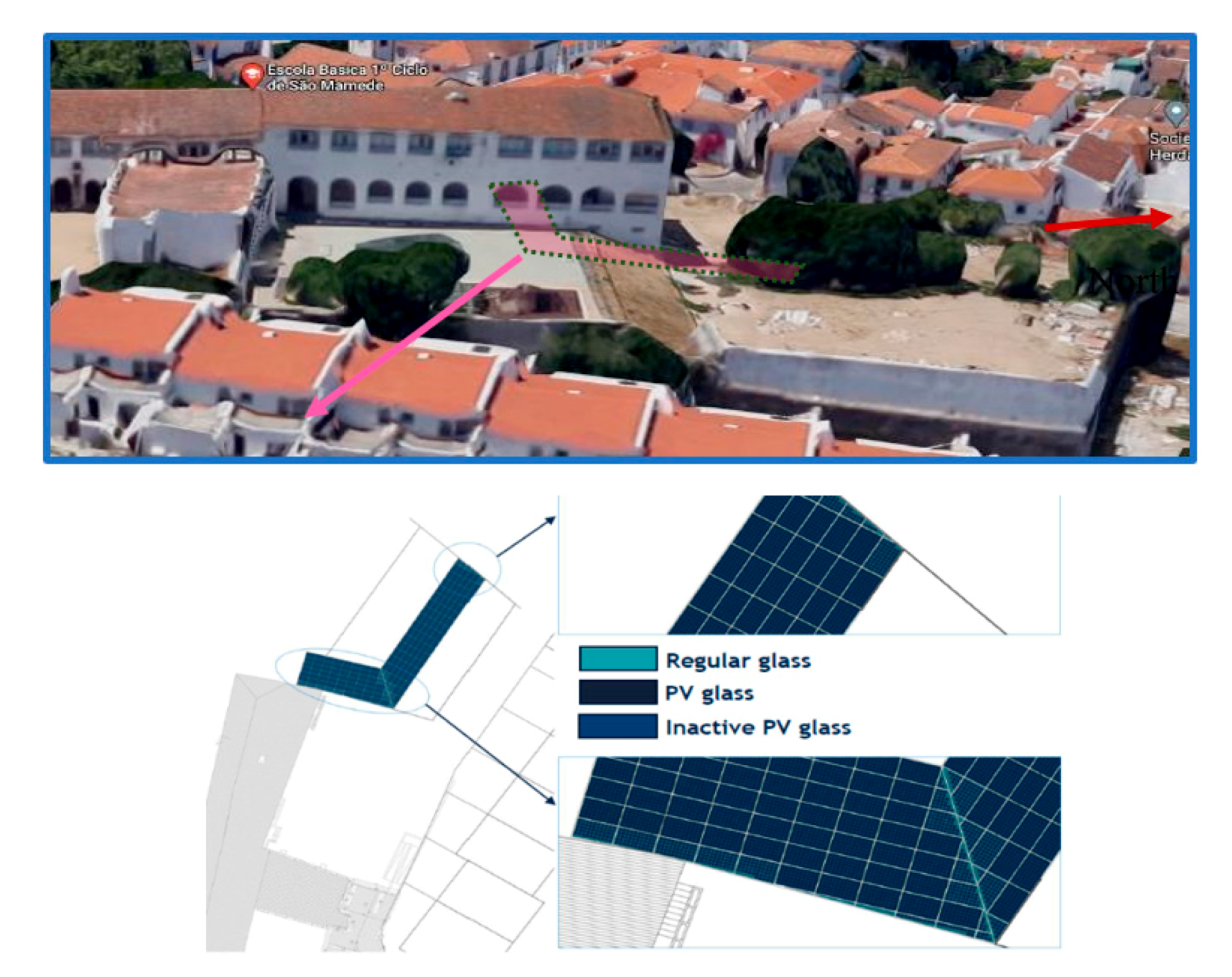
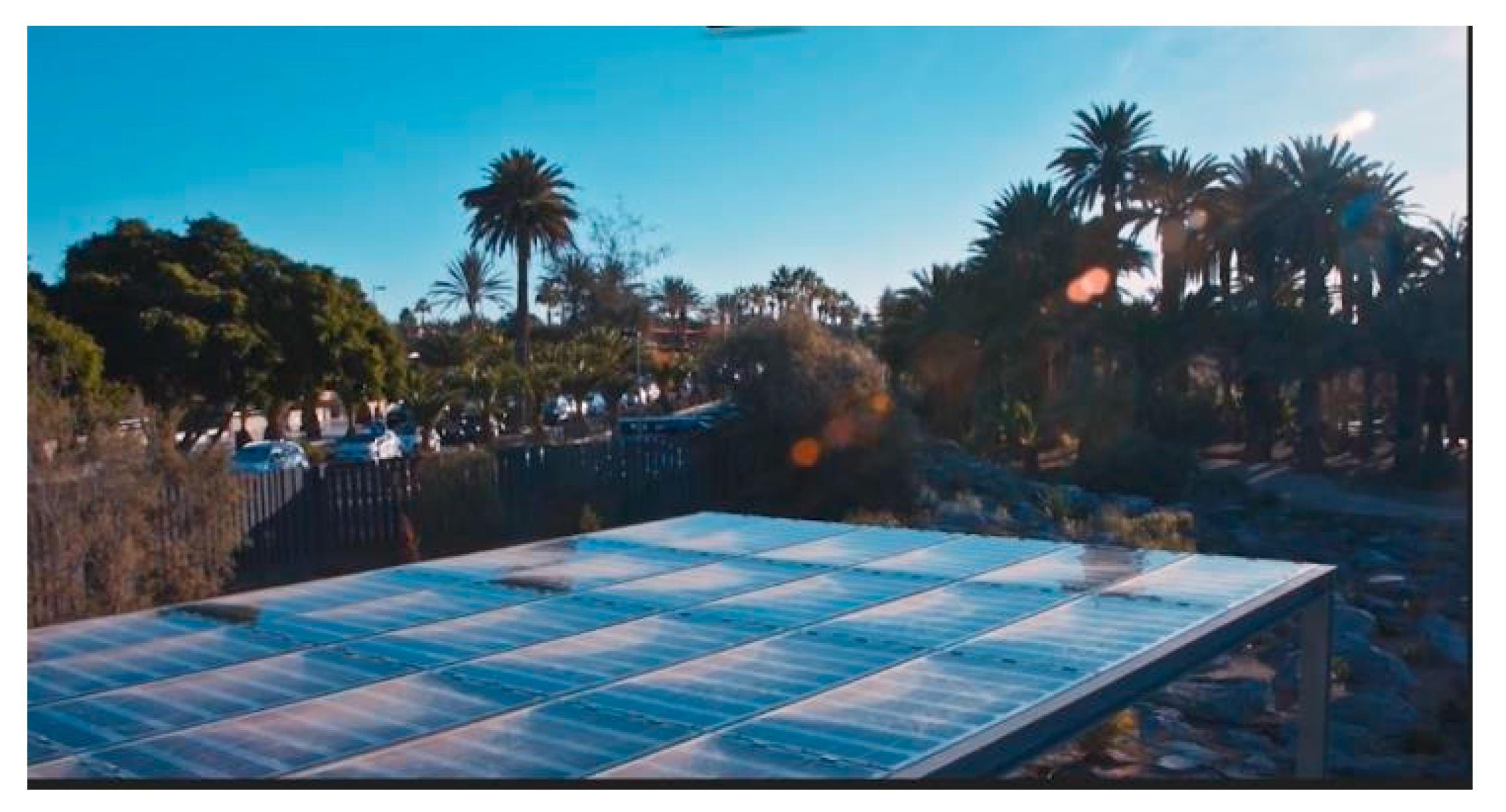
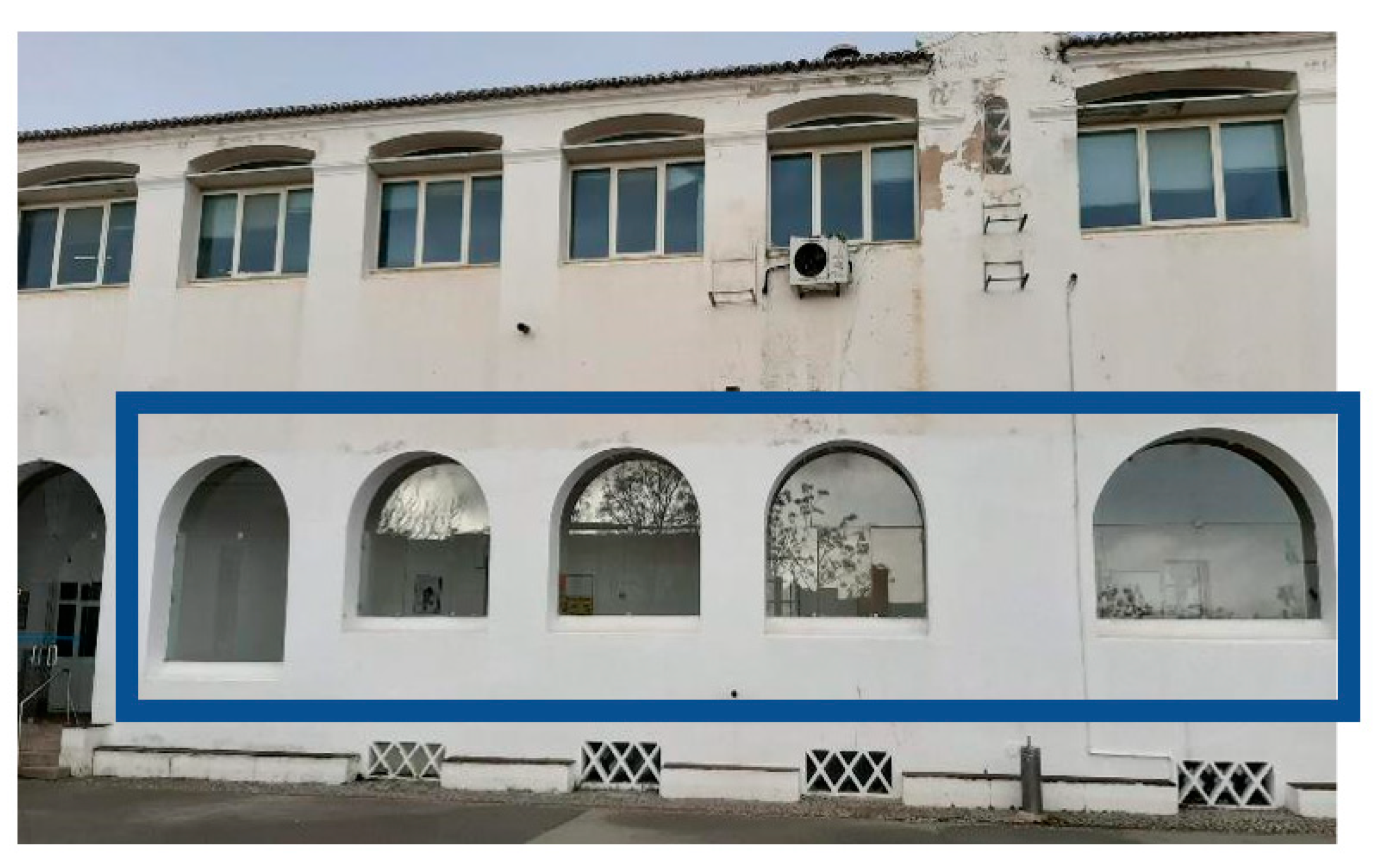
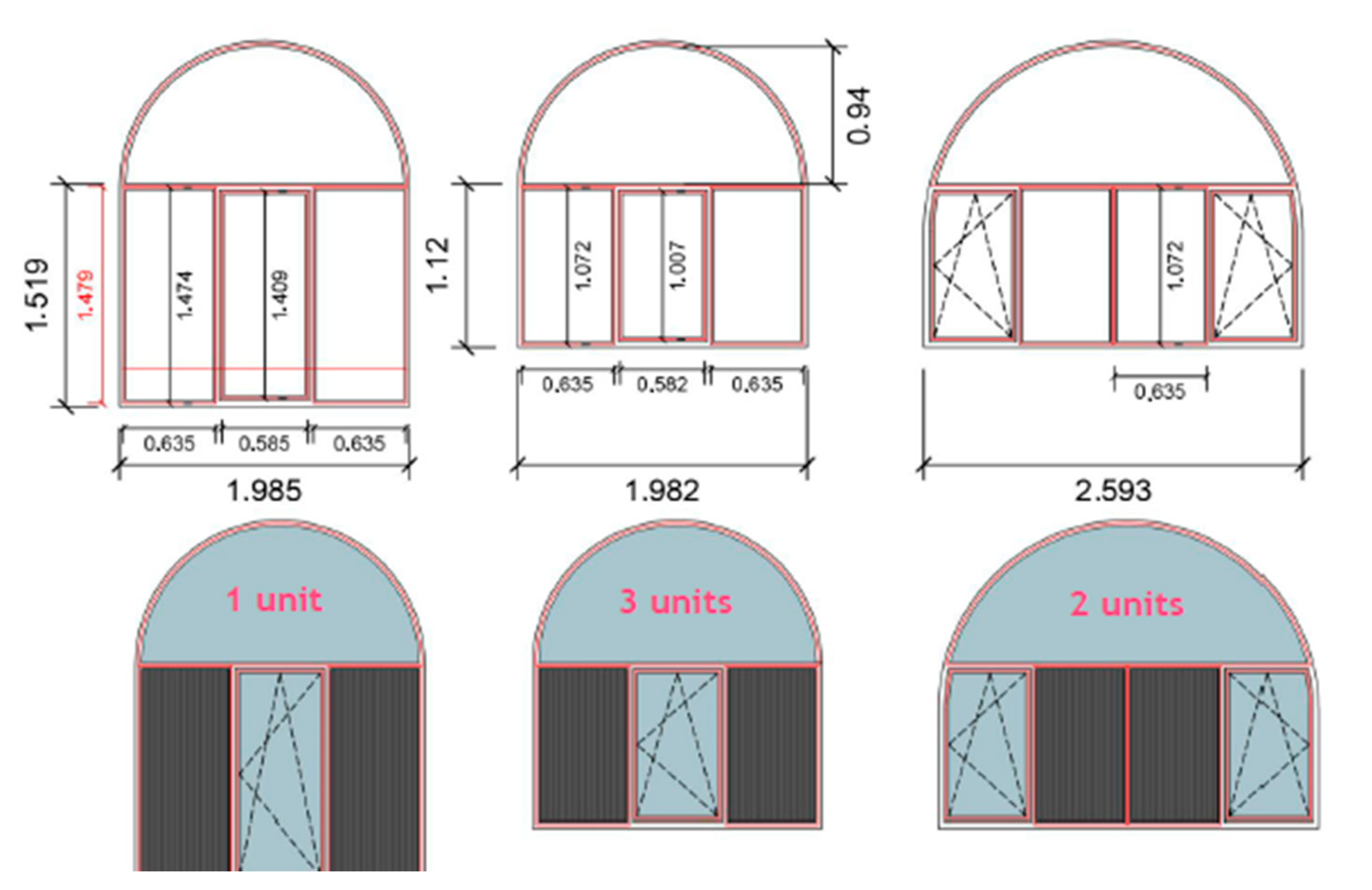
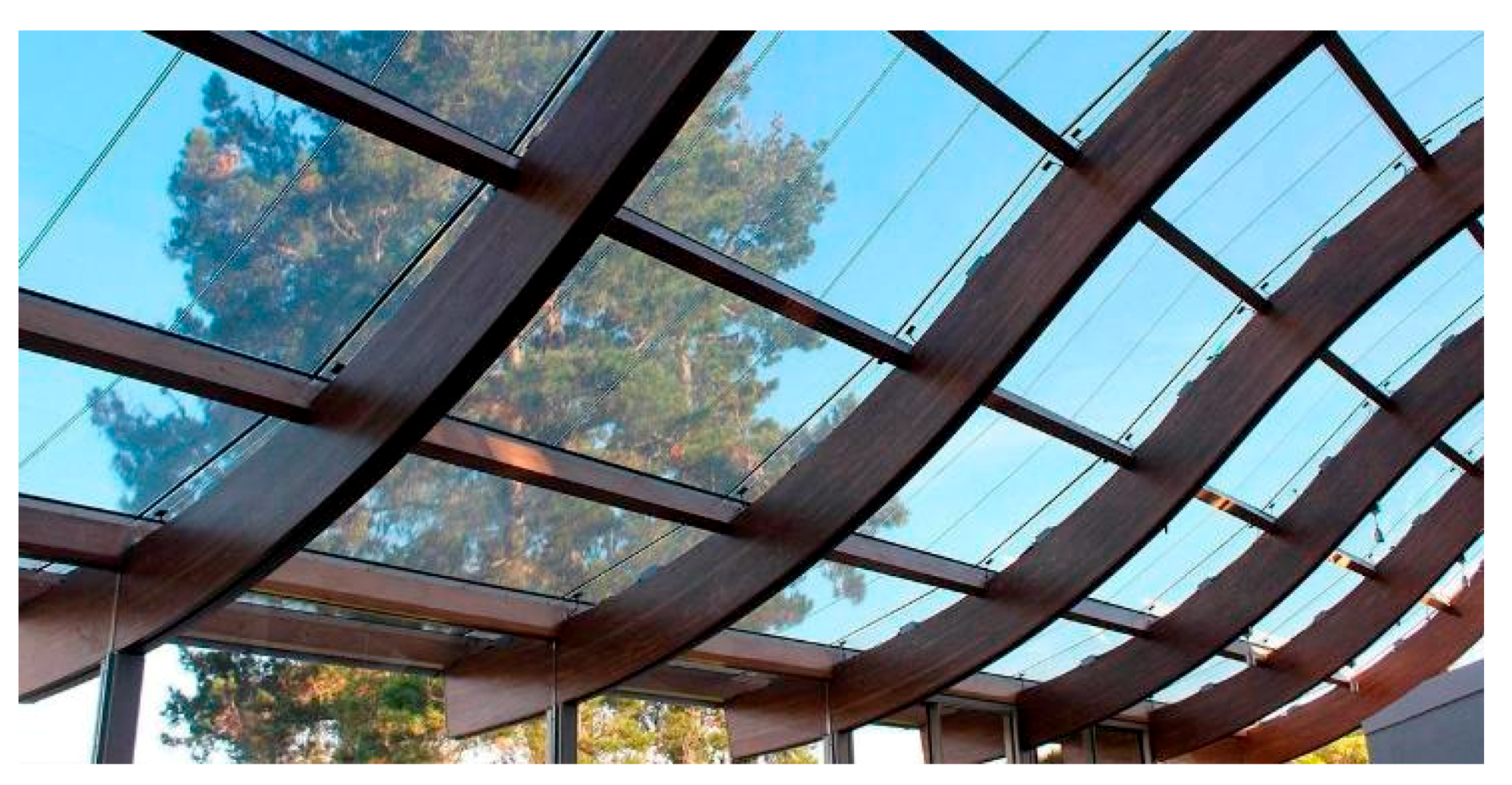
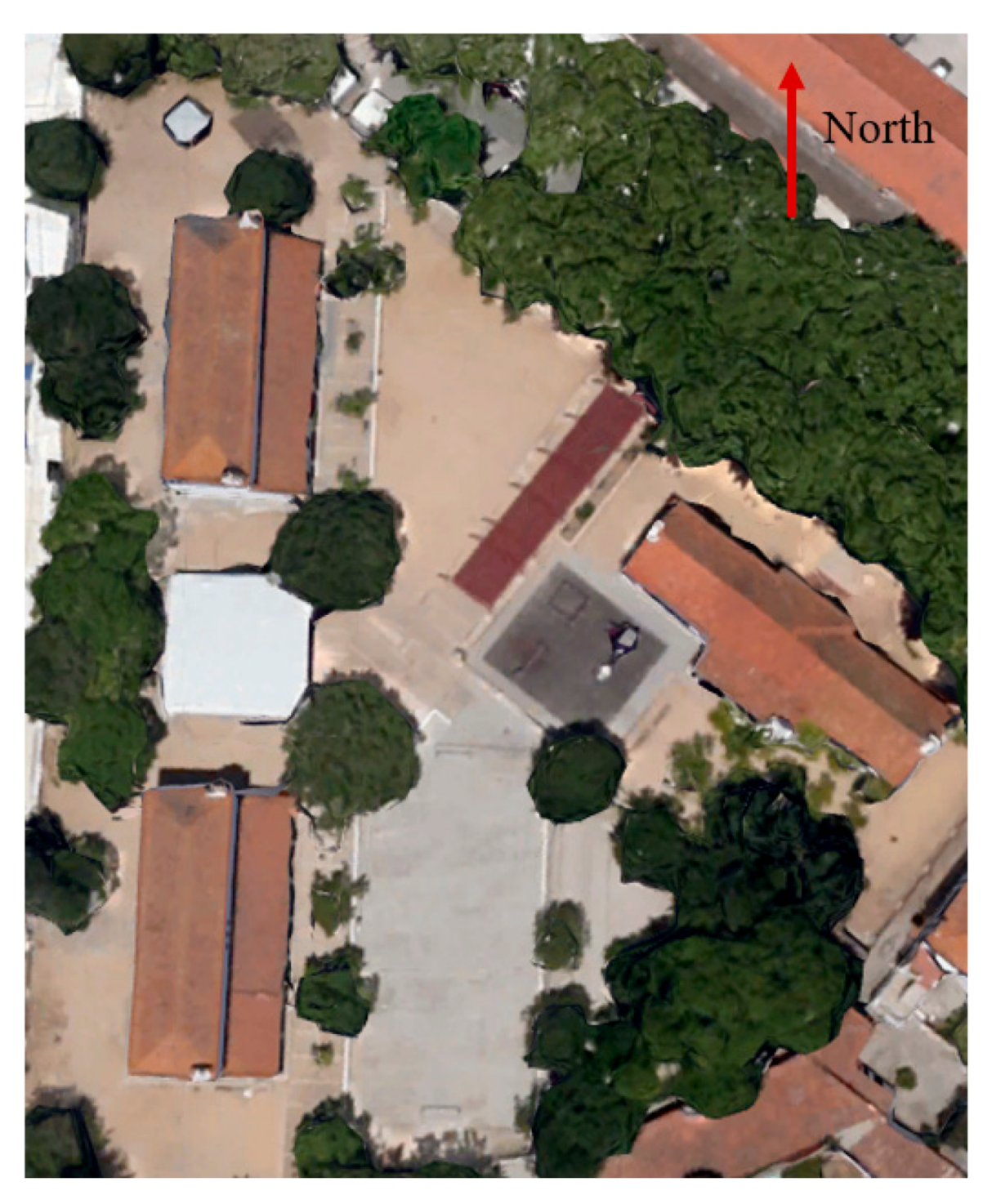
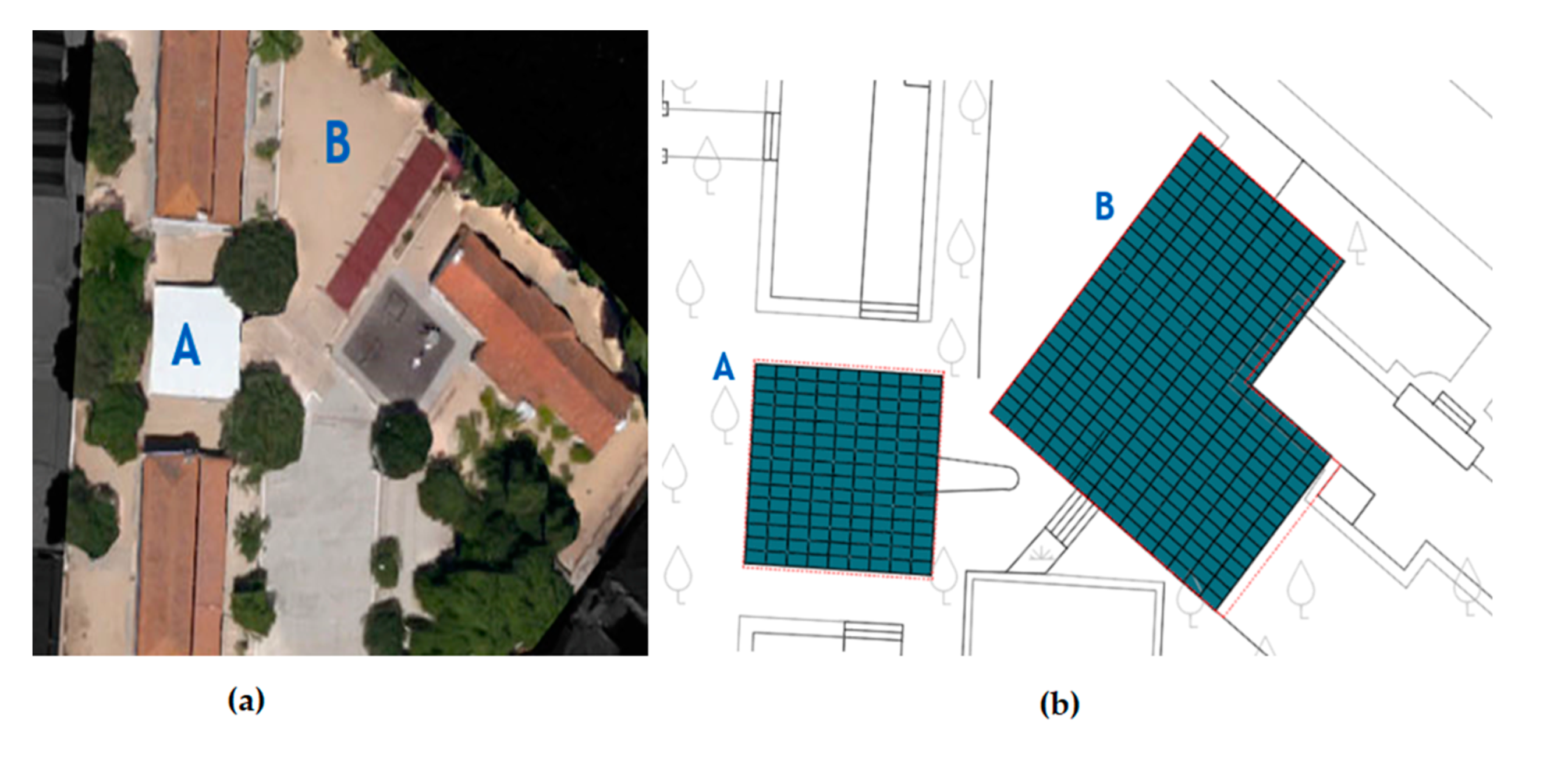
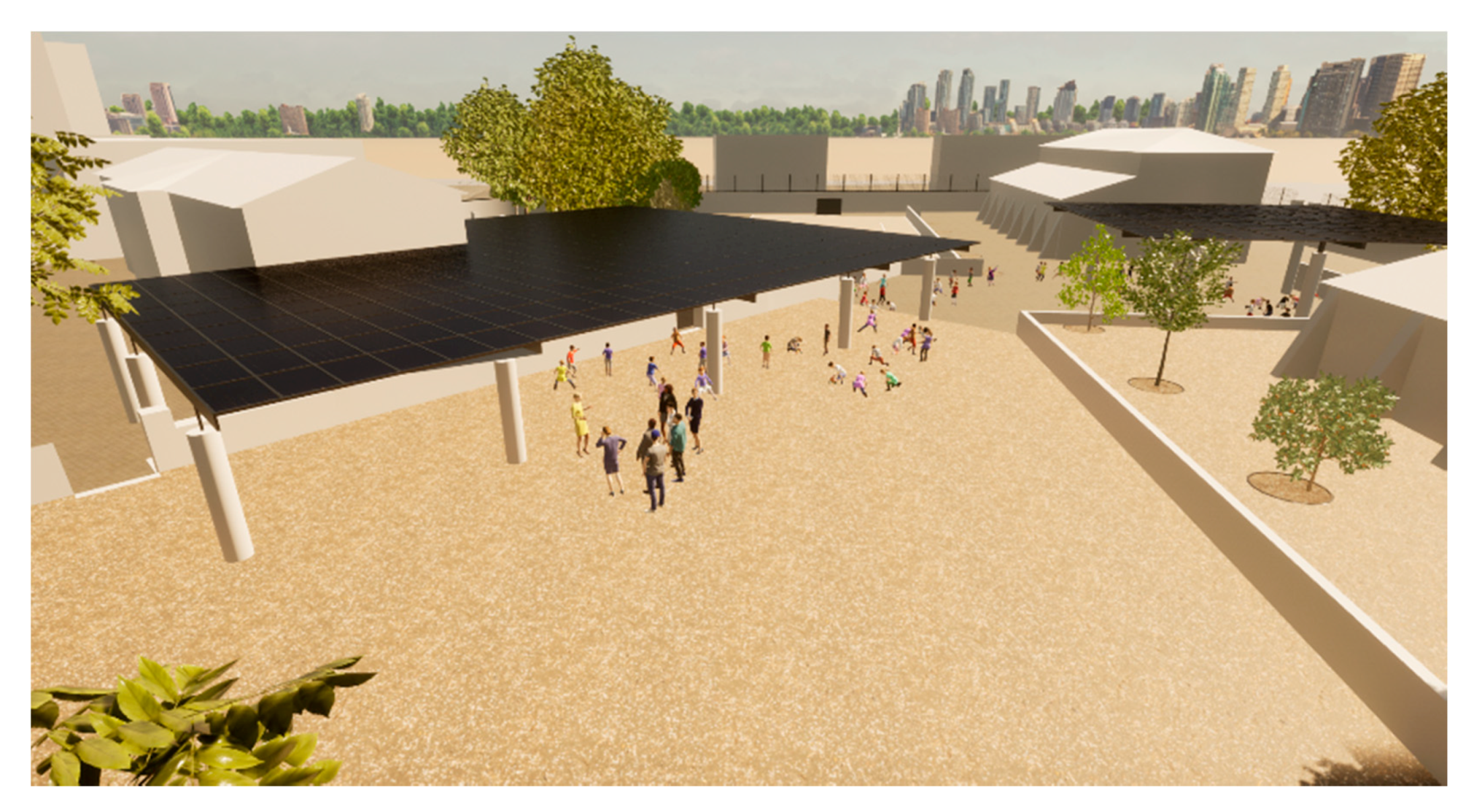
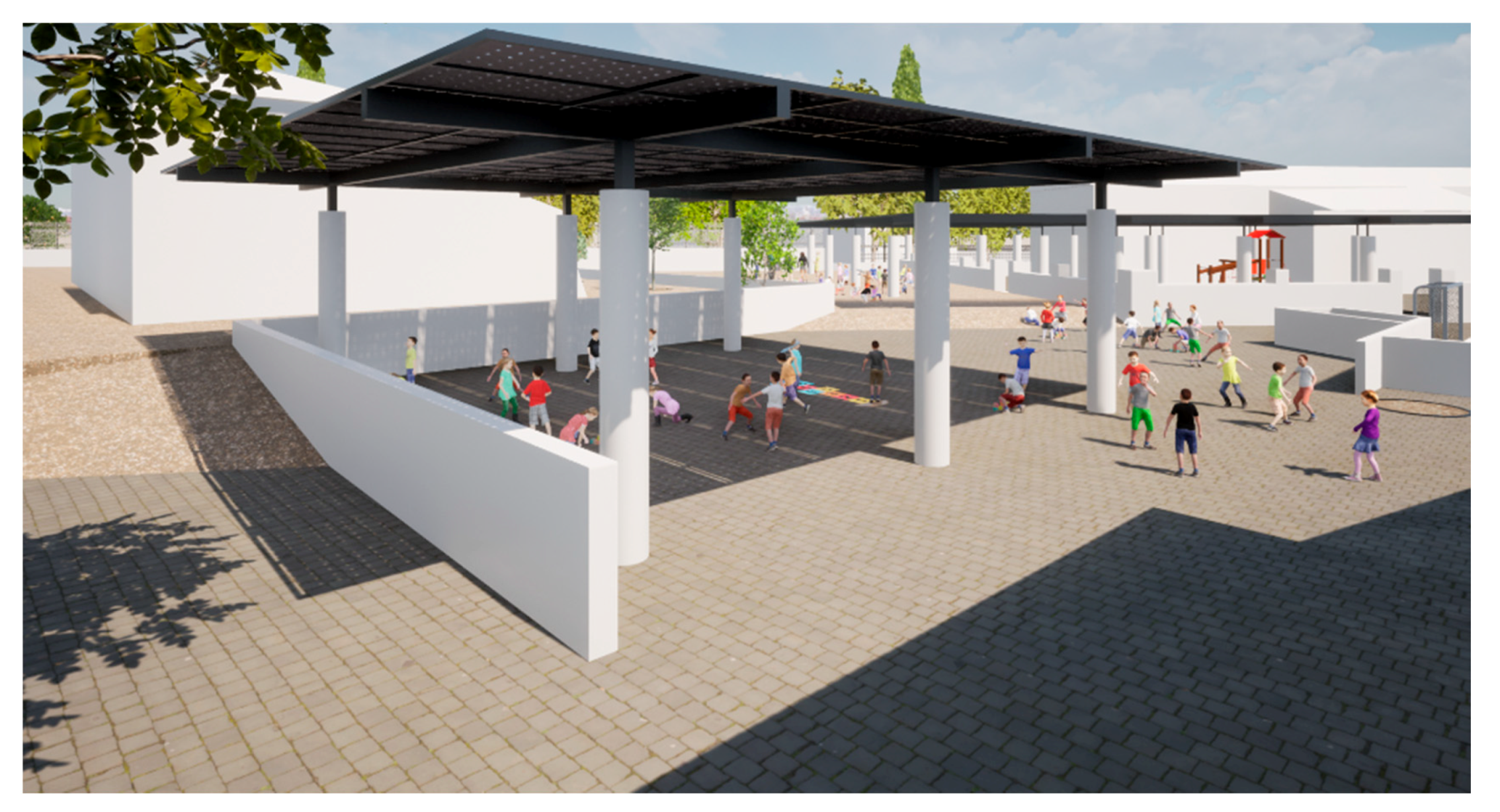
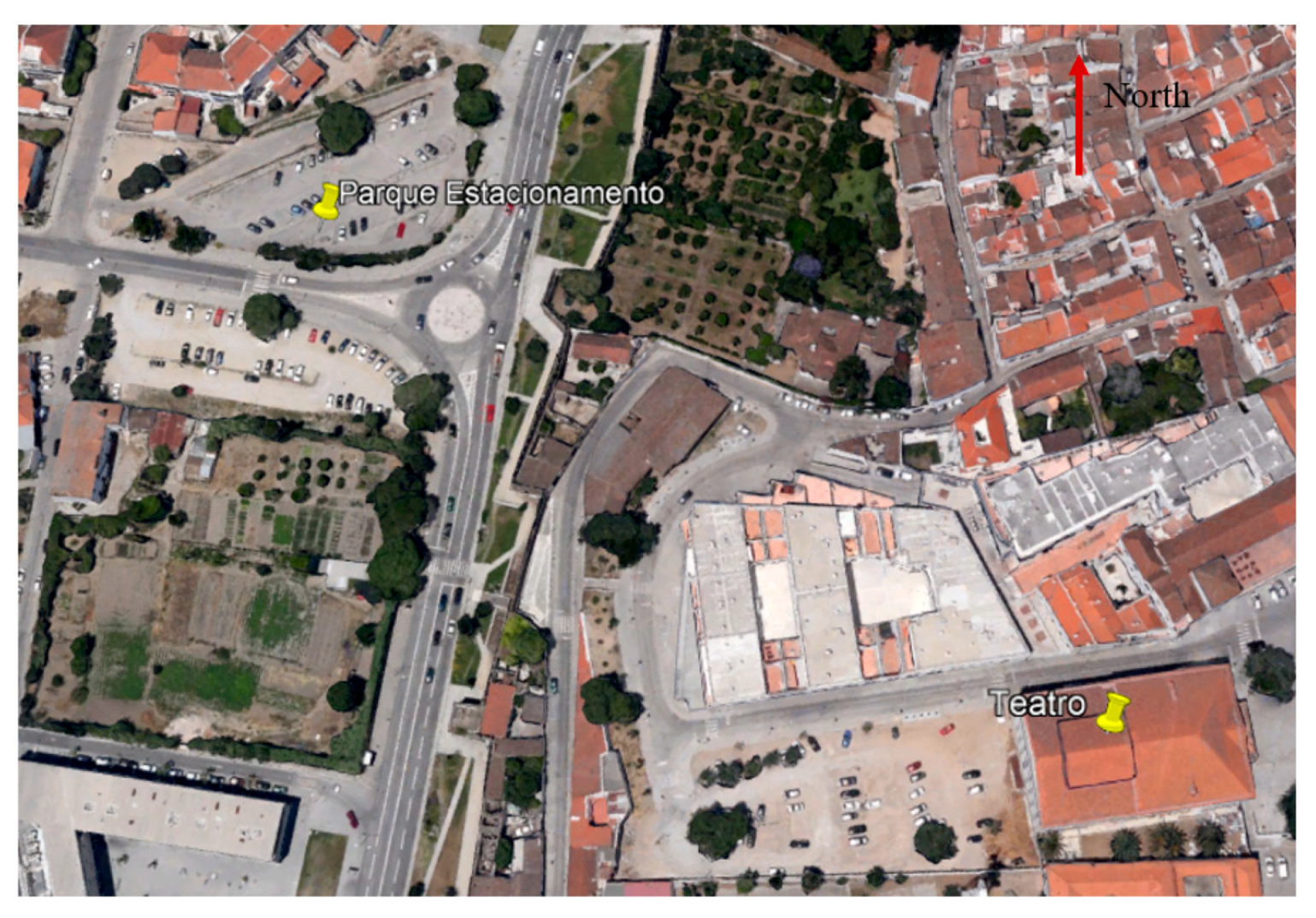

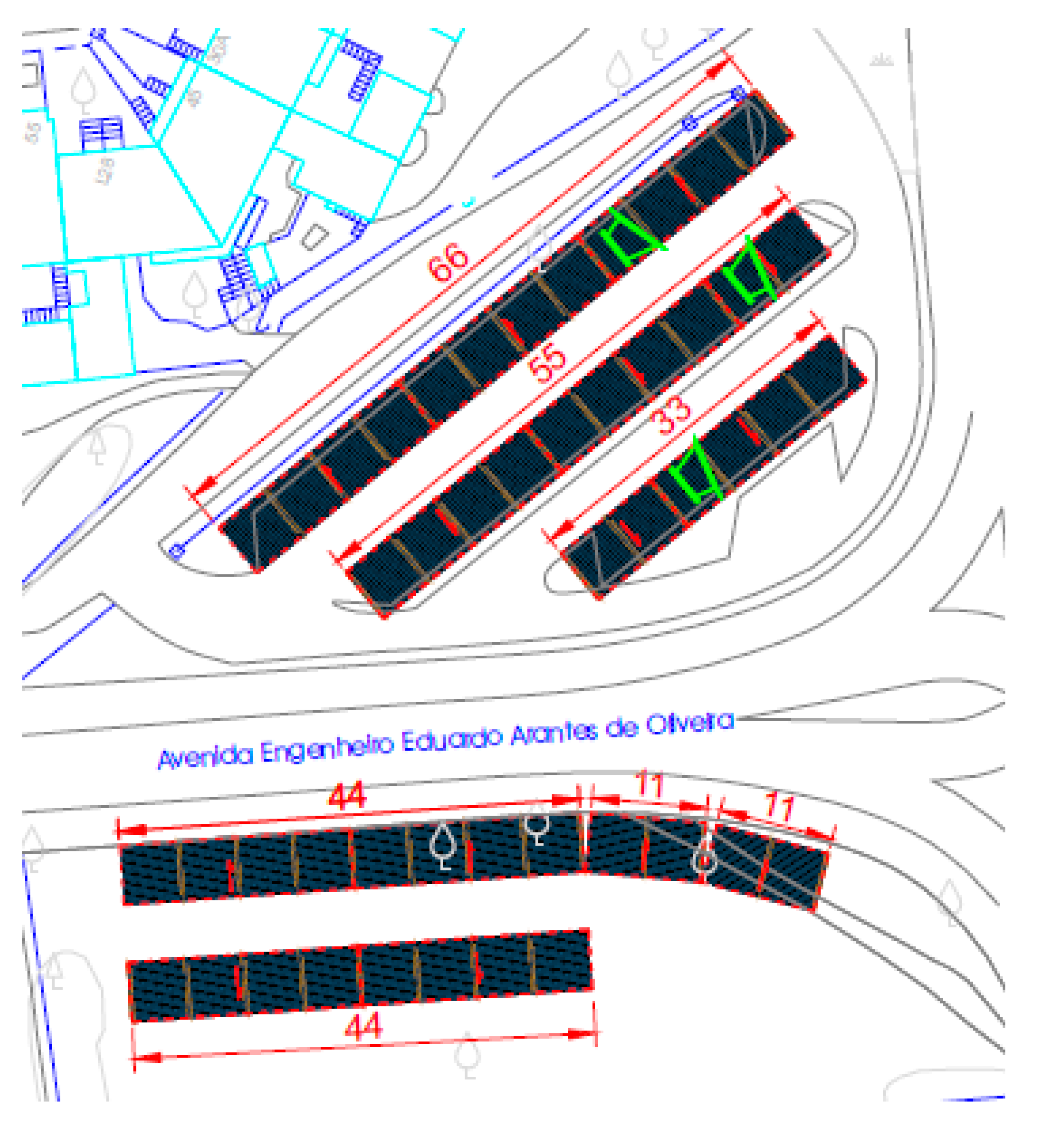

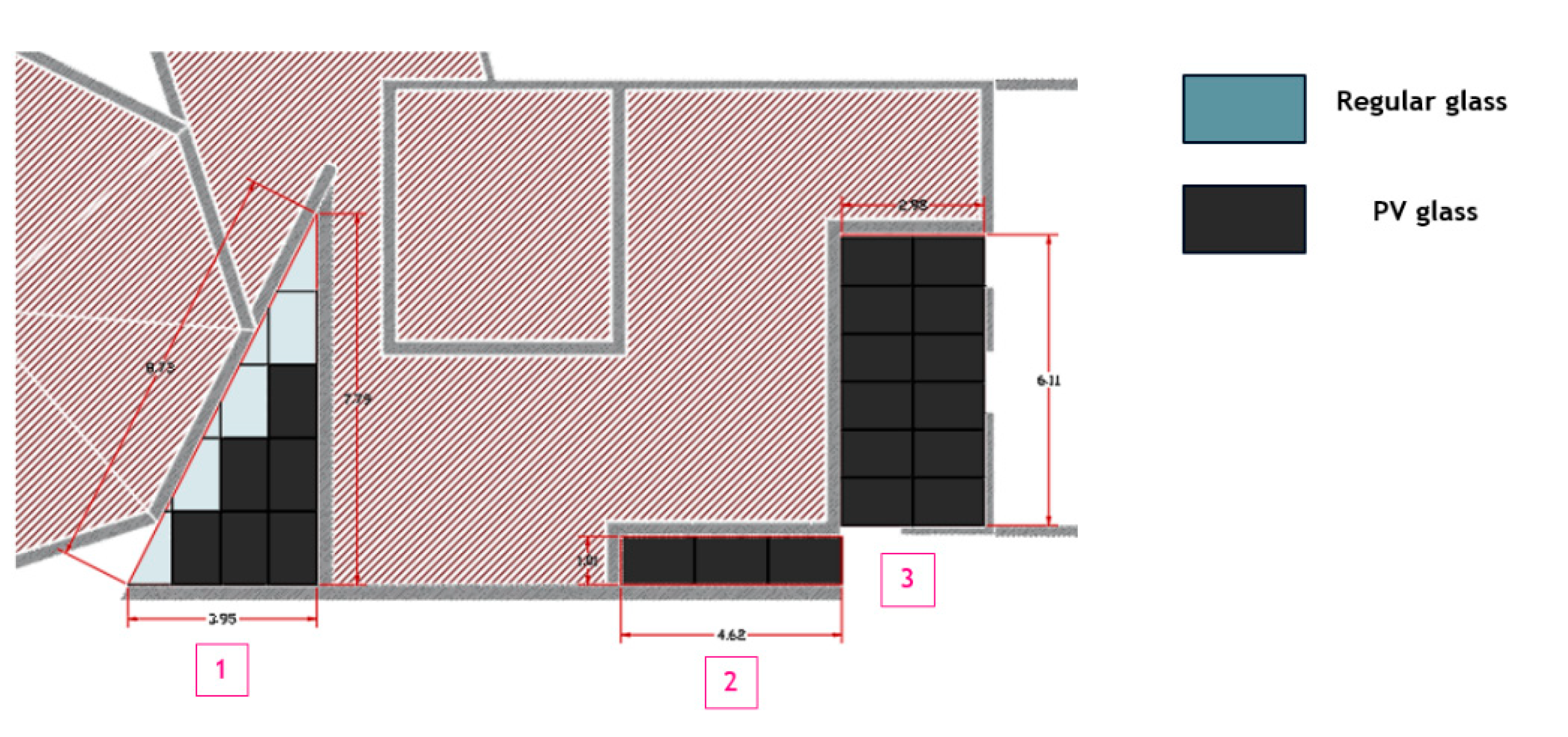
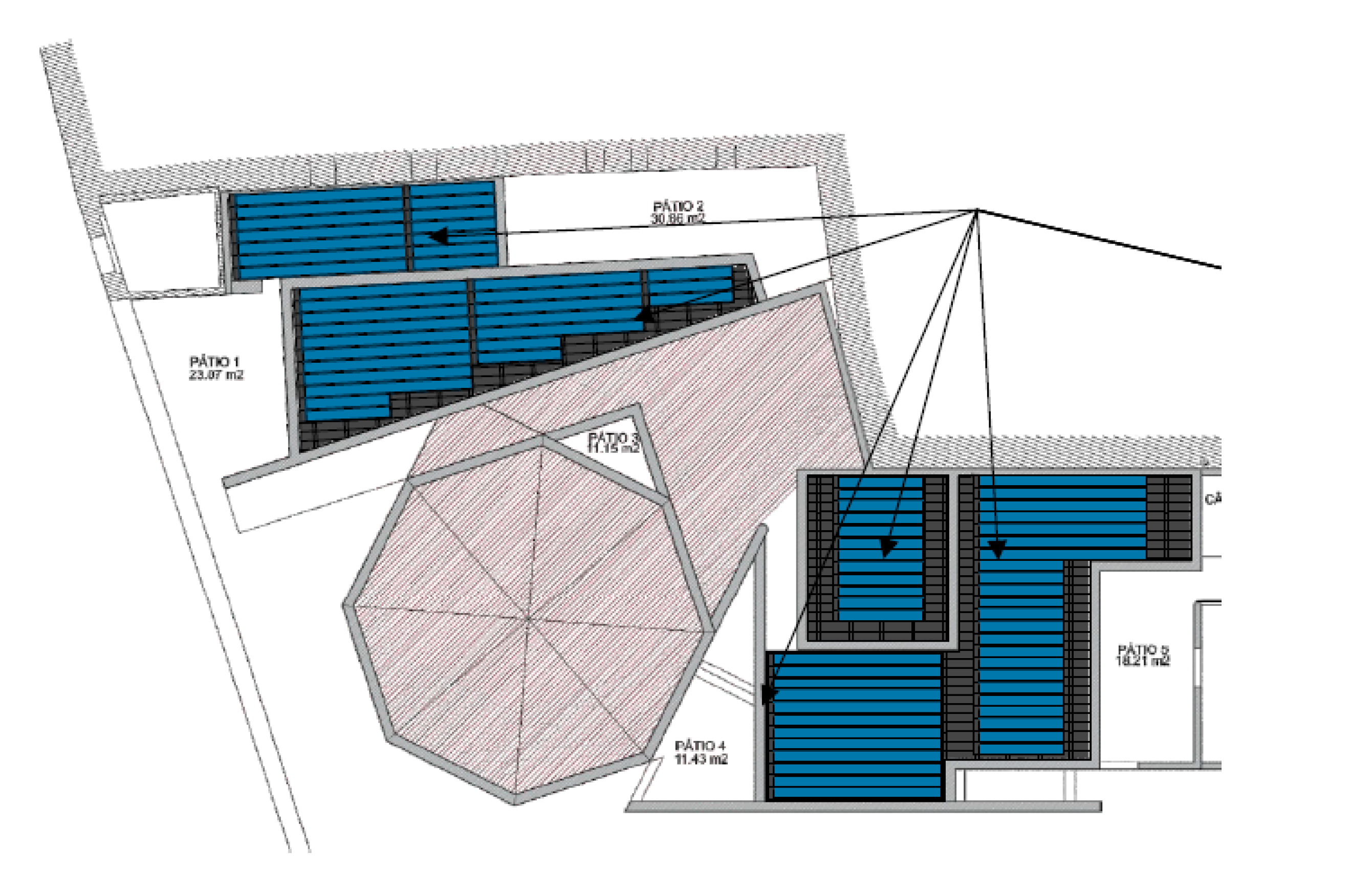
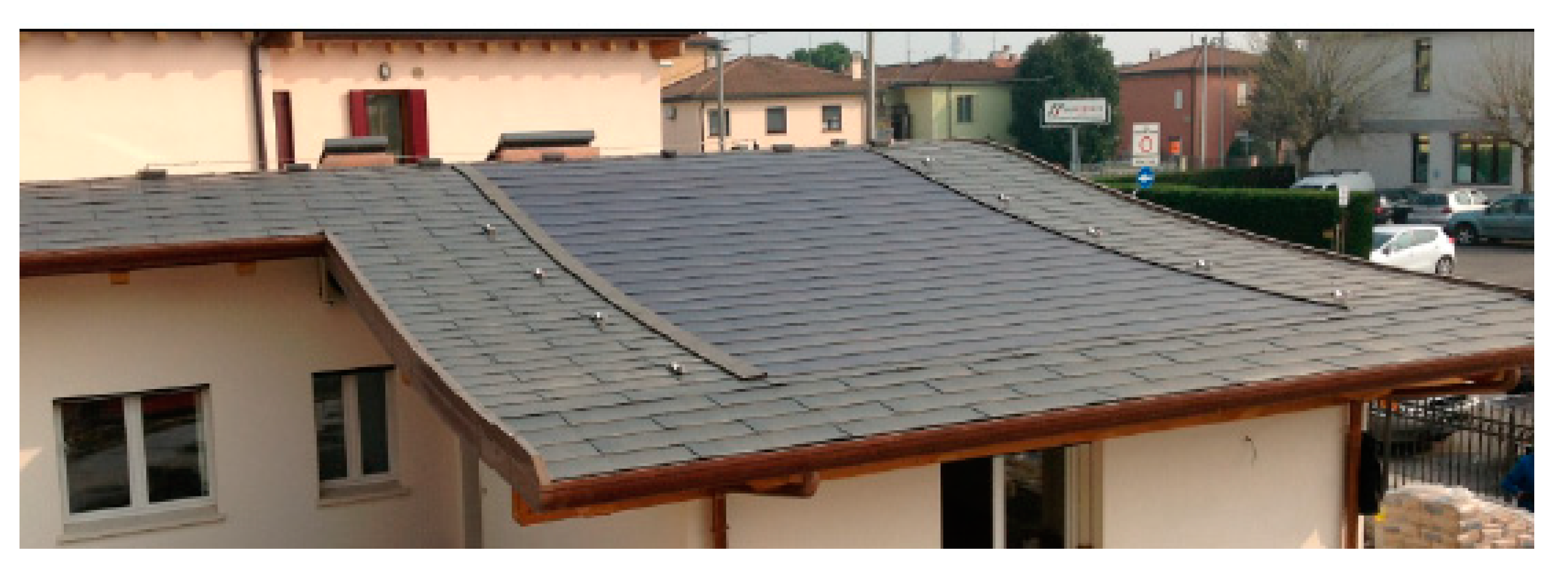
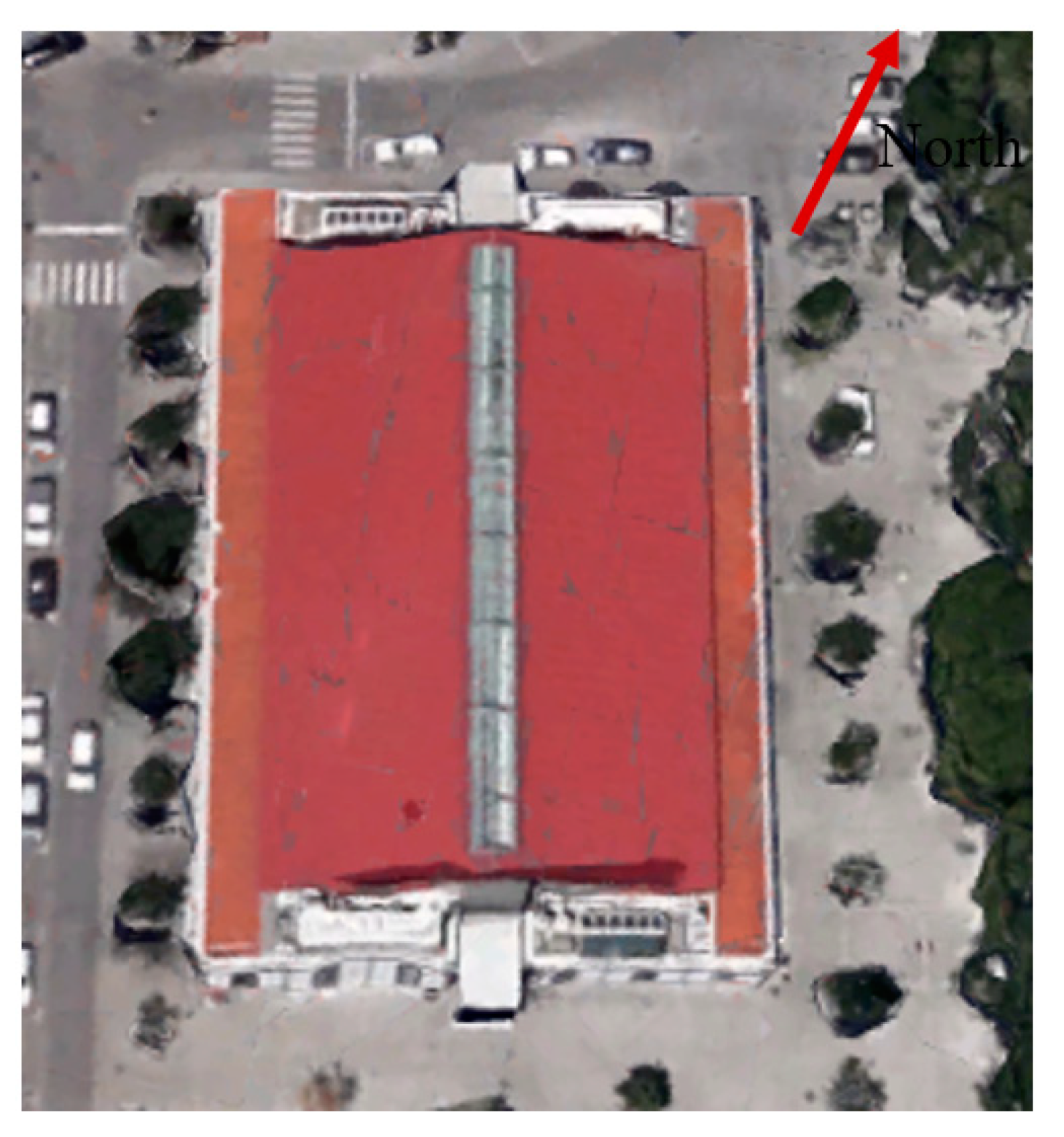
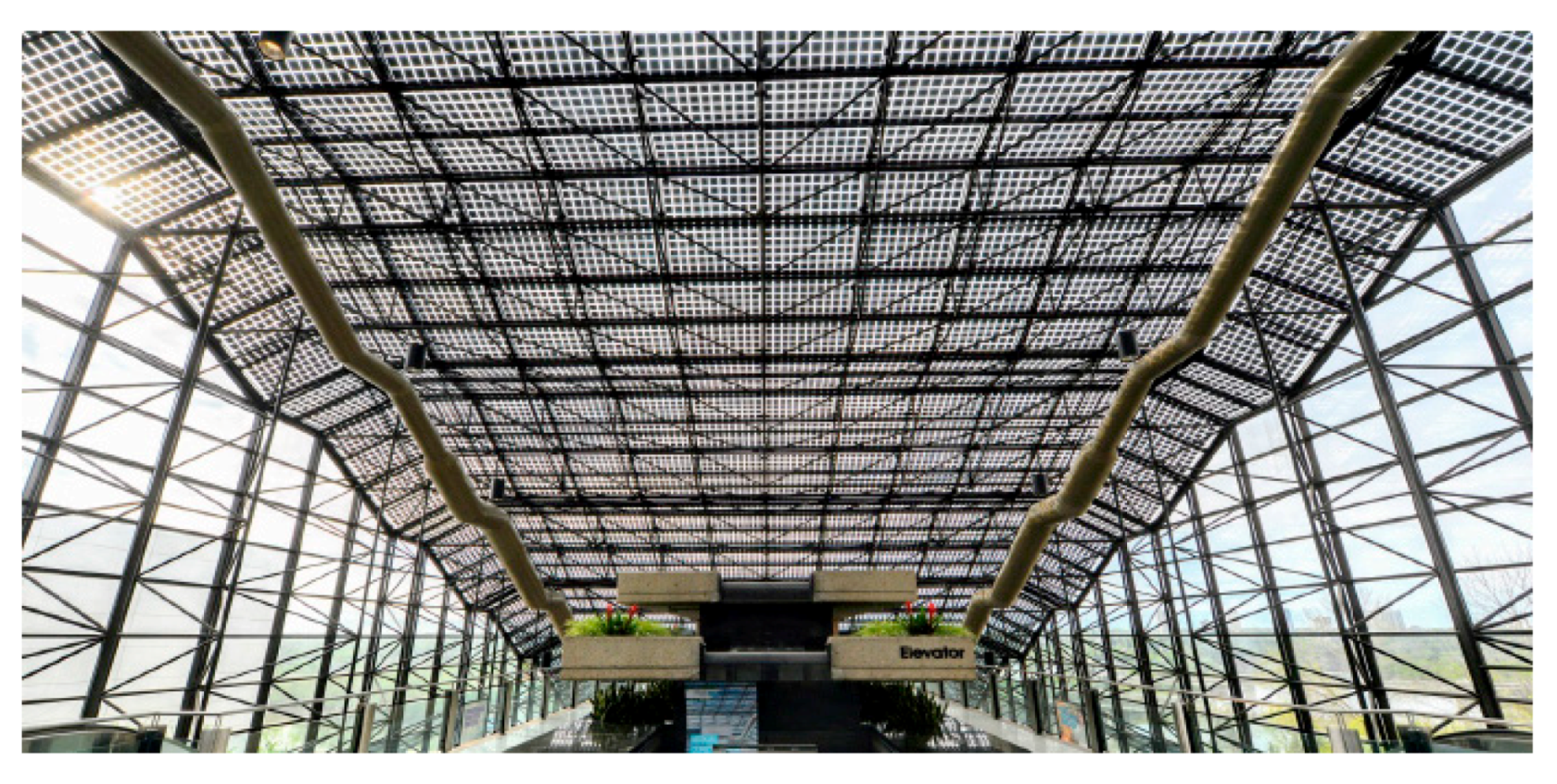
| Project | Programme | Years | RES Type | Focus |
|---|---|---|---|---|
| PV Accept [33] | FP5 | 2001–2004 | Photovoltaic, Building-Integrated Photovoltaics | Historical buildings and sites |
| New4Old [34] | IEE | 2007–2010 | Building-Integrated Photovoltaics, Building-Integrated Solar Thermal | Historical buildings |
| Sechurba [35] | IEE | 2008–2011 | Building-Integrated Photovoltaics, Building-Integrated Solar Thermal | Historical buildings and sites |
| 3encult [36] | FP7 | 2010–2014 | Building-Integrated Photovoltaics | Roofs |
| UrbanSol Plus [37] | IEE | 2011–2014 | Solar Thermal | Buildings, Towns |
| Effesus [38] | FP7 | 2012–2016 | Building-Integrated Photovoltaics | Roofs |
| Pearls [39] | H2020 MCSA (RISE) | 2018–2022 | Building-Integrated Photovoltaics, Building-Integrated Solar Thermal | Towns, Landscapes |
| Energy Transition Track (ETT) | Integrated Solution (IS) |
|---|---|
| ETT#1: Innovative Solutions for Positive Energy (CH) Buildings and Districts | IS 1.1: Positive Energy (stand-alone) Buildings |
| IS 1.2: Positive Energy Districts Retrofitting | |
| IS 1.3: Feeding PEDs with Waste Streams Promoting Symbiosis and Circular Economy | |
| ETT#2: Peer-to-Peer (P2P) Energy Management and Storage Solutions for Grid Flexibility | IS 2.1: Flexible and Sustainable Electricity Grid Networks with Innovative Storage Solutions |
| IS 2.2: Flexible and Sustainable District Heating/Cooling with Innovative Heat Storage Solutions | |
| ETT#3: e-Mobility Integration into Smart Grid and City Planning | IS 3.1: Smart V2G Evs Charging |
| IS 3.2: e-Mobility Services for Citizens and Auxiliary EV Technologies | |
| ETT#4: Citizen-Driven Innovation in Co-creating Smart City Solutions | IS 4.1: Social Innovation Mechanisms towards Citizen Engagement |
| IS 4.2: Open Innovation for Policy Makers and Managers | |
| IS 4.3: Interoperable, Modular and Interconnected City Ecosystem |
| ETT#1: Innovative Solutions for Positive Energy (CH) Buildings and Districts | IS 1.1: PV Glass, PV Canopy, PV Skylight, Tegosolar PV, Traditional PV Shingle, Bidirectional Smart Inverters, Energy Router, Building Management System (BMS), Home Energy Management System (HEMS), Positive Computing Centre. IS 1.2: Smart Lamp Posts with EV charging and 5G functionalities, Energy Routers (district level), P2P Technical Validation Tool, P2P Energy Trading Platform, Community Solar Farm IS 1.3: 2nd Life Batteries, PAYT |
| ETT#2: Peer-to-Peer (P2P) Energy Management and Storage Solutions for Grid Flexibility | IS 2.1: 2nd Life Batteries, Renewable Energy Communities Management Platform, Flexibility Control Algorithms, P2P Energy Trading Platform |
| ETT#3: e-Mobility Integration into Smart Grid and City Planning | IS 3.1: EV charging management platform, EV charger prototype with PV integration, Bidirectional smart inverters for EV smart charging and V2G applications, Smart lamp posts with EV charging and 5G functionalities, Intelligent and optimal control algorithm IS 3.2: Freezing storage in store, Market-oriented building flexibility services |
| ETT#4: Citizen-Driven Innovation in Co-creating Smart City Solutions | IS 4.1: Digital Transformation in Social Innovation, Gamification, Tourist Application, Cultural Experiences Market, Mobile application on energy consumption IS 4.3: City Urban Platform, Wi-Fi data acquisition systems, Data Lake, Smart cloud for Innovative Start-ups |
| Market | Arena | Theatre | EB1 S. Mamede | Town Hall | Rossio School | LVpDÉ | Parking | Total | |
|---|---|---|---|---|---|---|---|---|---|
| Predicted generation (kWh/year) | 20,008 | 1456 | 0 | 51,346 | 463,304 | 156,278 | 18,823 | 133,847 | 845,062 |
Publisher’s Note: MDPI stays neutral with regard to jurisdictional claims in published maps and institutional affiliations. |
© 2021 by the authors. Licensee MDPI, Basel, Switzerland. This article is an open access article distributed under the terms and conditions of the Creative Commons Attribution (CC BY) license (https://creativecommons.org/licenses/by/4.0/).
Share and Cite
Tsoumanis, G.; Formiga, J.; Bilo, N.; Tsarchopoulos, P.; Ioannidis, D.; Tzovaras, D. The Smart Evolution of Historical Cities: Integrated Innovative Solutions Supporting the Energy Transition while Respecting Cultural Heritage. Sustainability 2021, 13, 9358. https://doi.org/10.3390/su13169358
Tsoumanis G, Formiga J, Bilo N, Tsarchopoulos P, Ioannidis D, Tzovaras D. The Smart Evolution of Historical Cities: Integrated Innovative Solutions Supporting the Energy Transition while Respecting Cultural Heritage. Sustainability. 2021; 13(16):9358. https://doi.org/10.3390/su13169358
Chicago/Turabian StyleTsoumanis, Georgios, João Formiga, Nuno Bilo, Panagiotis Tsarchopoulos, Dimosthenis Ioannidis, and Dimitrios Tzovaras. 2021. "The Smart Evolution of Historical Cities: Integrated Innovative Solutions Supporting the Energy Transition while Respecting Cultural Heritage" Sustainability 13, no. 16: 9358. https://doi.org/10.3390/su13169358
APA StyleTsoumanis, G., Formiga, J., Bilo, N., Tsarchopoulos, P., Ioannidis, D., & Tzovaras, D. (2021). The Smart Evolution of Historical Cities: Integrated Innovative Solutions Supporting the Energy Transition while Respecting Cultural Heritage. Sustainability, 13(16), 9358. https://doi.org/10.3390/su13169358







